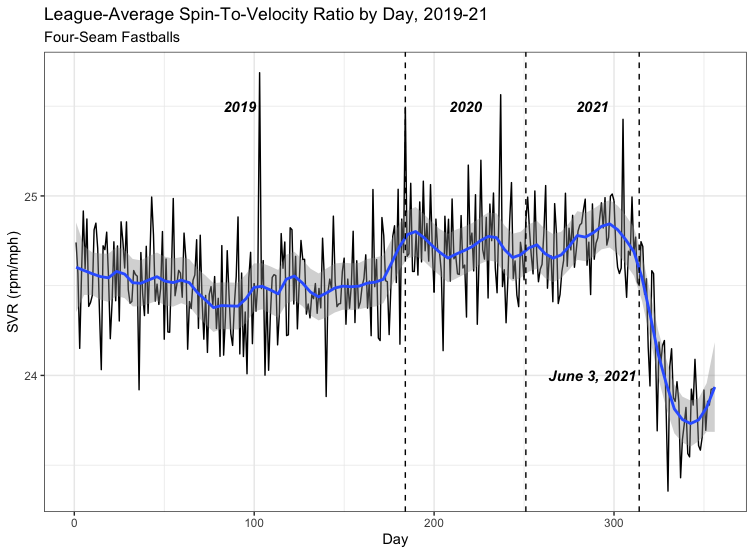We’re about a week away from the trade deadline, and so far, the stage has been a little quiet. So for a little mid-week action, we need to create our own little mise-en-scène, an activity I try to do around this time every year. These are not predictions of moves that will happen, but an exercise that seeks to make fair trades that benefit both the buying contenders and the selling also-rans. In the best-case scenario, we get some fun discussions of what things are possible.
The Oakland Athletics acquire SS Trevor Story from the Colorado Rockies for OF Brayan Buelvas, C Drew Millas, and 1B Greg Deichmann
I’m starting off with a trade that I don’t think either team would do. For Rockies fans, there may be some disappointment that Story doesn’t fetch a big-name prospect. I don’t think that kind of return is suitable at this point; that boat sailed last winter. And the other team isn’t trading for Story, but for two months of Story having a distinct down year.
The Rockies have offensive problems, but given the size of the outfield, I think that a raw talent with defensive upside like Buelvas has a lot of value in Coors, something they’ve been without quite often. While some would think of Nick Allen going in a trade like this, at this point, he’s too good to trade for a rental. Colorado likes defensive-minded catchers, so Millas makes sense here (and isn’t 32 like the team’s usual backstop of choice).
The A’s would likely balk because of money. Sorry Oakland, there aren’t enough (or good enough) prospects going to Colorado to include Elvis Andrus to “even up” the money involved. Story’s not really that expensive, but he’s still too costly for the A’s to make it up by either releasing minor leaguers or making them into a roguish band of lovable Dickensian pickpockets. Read the rest of this entry »

 Dan Szymborski
Dan Szymborski
